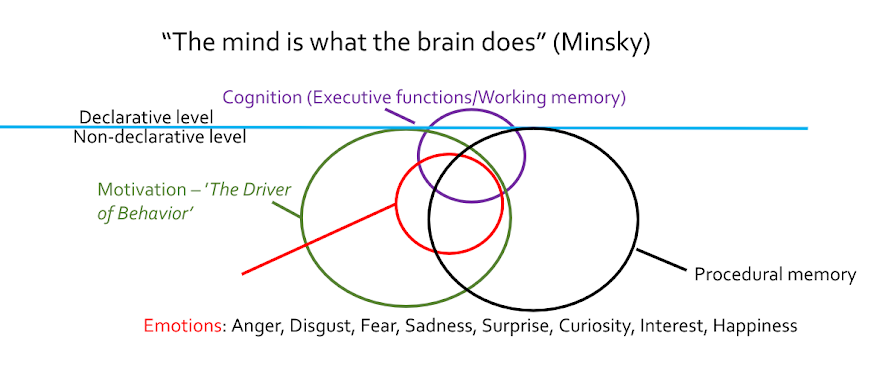Please support the blog via Swish (Sweden), MobilePay (Finland) or Wise.
In two current cases, witnesses have changed their testimony about past events. In the first case, four children first lost their father after he was murdered in their home. The mother, Anneli Auerin, was first the suspect but that was later dismissed. The murder case is still open.
Auerin then met another man, and the children testified that he and the mother subjected them to sexual violence. Consequently, Auerin was sentenced to prison, 7.5 years (Karvinen, 2024). Now, after many years, the children have changed their mind about what happened.
What is known about domestic violence is that the typical perpetrator is a woman (Archer,2000,2004; Bates, Graham-Kevan och Archer , 2014; Bates och Graham-Kevan, 2016; Bates, 2018; Bates, Kaye, Pennington och Hamlin, 2019; Bergkvist, 2002; Crick och Grotpeter, 1995; Thornton et al. 2012).
Listen to Elizabeth Bates: Intimate Partner Violence (34 minuter).
Part of the domestic violence concept is women's custodial conflicts, explained by Neuroticism and Borderline Personality Disorder (Jiang, Dong och Wang, 2022; Ode et al. 2009; Zalewski et al. 2014). As far as is known about the case of the mother, that has not yet been evaluated.
In the other case, Stephanie A. Gregory Clifford, known professionally in her role as pornographic film actress, director and former stripper as Stormy Daniels. In 2018, in an interview with Bill Maher, she testified about the intimate encounter she had had with Donald Trump, before he was elected president of the United States. She dismissed allegations that she was a victim. Six years later, when testifying before the New York district court, against president Trump, Daniels told the opposite story (King, 2024).
In order to understand why people change their story, it helps to understand the function of the mind. The mind has three main faculties: memory, perception and prospection - experience the the future.
- Perception is the experience of the present, e.g. odor, tactile, visual, auditory, and taste.
- Memory is not for forming associations or remembering, but for simulating scenarios about the future we don't know much about (Gilbert and Wilson, 2007; Kaku, 2014).
- Memory is divided into several instances: declarative and non-declarative respectively (Graf and Schacter, 1985; Squire and Zola, 1996).
- Declarative memory is divided into semantic, episodic and personal semantic (autobiographical).
- Semantic memory relates to facts - 2+2=4, Paris is the capital of France etc. and is stable over time (ScienceDirect).
- Autobiographical memory is formed around the age of 5-6 and is susceptible to memory hacking (Nelson and Fivush, 2004; Shaw, 2016).
- Episodic memory concerns events we have been part of. When we have to remember an event, a copy of the event is not retrieved from memory. Instead, a construction of the sequence of events takes place that is adapted to the current situation (Schacter and Addis, 2007):
“Since the future is not an exact repetition of the past, simulation of future episodes may require a system that can draw on the past in a manner that flexibly extracts and recombines elements of previous experiences—a constructive rather than a reproductive system” (Schacter and Addis, 2007 , p. 774).So, as time goes by and we encounter new social influences, there's a risk that our episodic memory is influenced by social influences.
It's unclear if the children witnessed the murder of their father, but its likely that the experience of his death led to trauma (Malmquist, 1986). The subsequent experience of being victims of sexual violence by the mother and her new boyfriend likely led to Complex childhood trauma.
It's possible that the children, because of shared intention (Tomasello, 2005), implicitly suppressed their trauma (Levy and Anderson, 2008), allowing the episodic memory to create a more suitable story (Svartström, 2024). The mother may have added to the process by memory hacking, that is, creating a false autobiographical memory (Konnikova, 2015; Shaw, 2016).
In the Case of Stormy Daniels, it's likely that she's been a subject to social influence. That means she just making up a story for her own sake. Common knowledge is that president Trump has been a truly unwanted candidate for the coming American presidential election. Not by the american people, but by the establishment, especially within the Democratic party. Independent media has repeatedly asked: what is the crime?
Conclusion. In both cases the story has been changed. But as it seems, for different reasons. In the case of Stormy Daniels, it's likely that she knows that her second testimony is inconsistent with the first one. In the case of the four children, there's a possibility that the mother subjected them to memory hacking, and that they believe what they said in the second testimony.
Please support the blog via Swish (Sweden), MobilePay (Finland) or Wise.
More about my expertise:
Executive coaching for CEOs/managers and workshops to facilitate Organizational Performance, Learning, and Creativity for Problem Solving | Lectures: Nutrition for physical and mental health | Course/lecture: children's emotional and social adjustment and cognitive development | Language training - Swedish | Academy Competency | CV | Teaching skills and experience | Summary of research project | Instagram | Linkedin | YouTube-channel | TikTok | Twitter

No comments:
Post a Comment